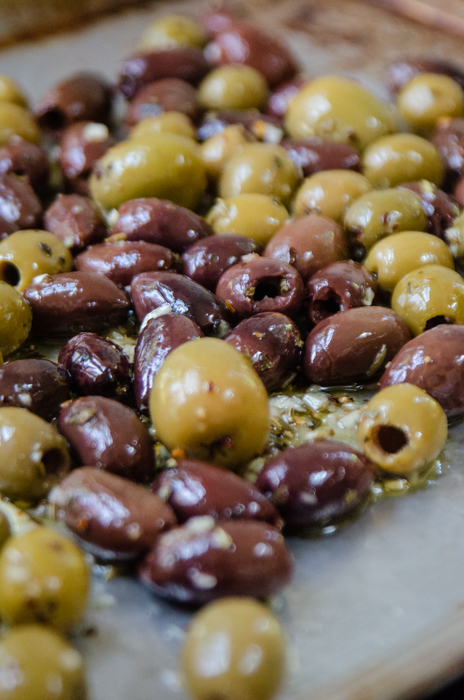
One food that is essential to Italian cuisine from the top to the tip of the boot are olives – from tasty snacks to a key ingredient for many favorite recipes to the ubiquitous olive oil, guests on our Italy tours from the shores of Lake Garda down to Sicily and Puglia are enjoying olives in one form or another on a daily basis. Their complex flavor, a perfect combination of sweet, sour, salt and bitter make them an indispensable tool for any Italian cook.
Olives have been part of the Mediterranean cuisine since ancient times. Their cultivation dates back thousands of years, originally to Syria and Turkey. The Assyrians discovered that a flavorful oil could be pressed from this fruit. It became an important part of the culture of ancient Greece. In Greek mythology, Zeus pronounced Athena the victor in a competition because it was she who had bestowed upon mankind the most useful plant of all: the olive tree.
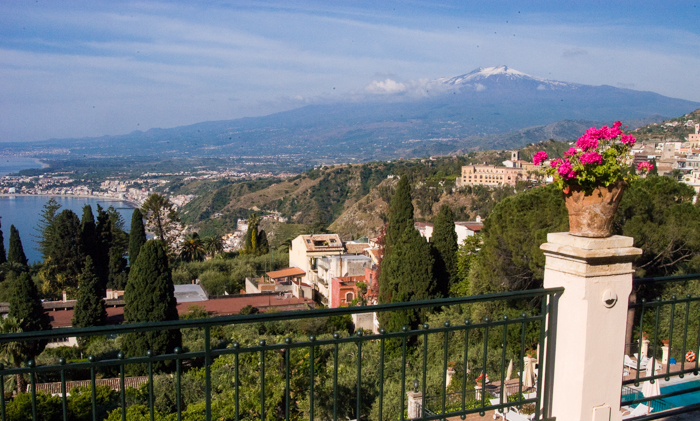
The Greeks introduced olive trees to Italy when they arrived in Sicily around 800 BC. Once Greek control disappeared and the Mediterranean came under the Roman Empire, olive oil production took hold throughout Italy. When the Roman Empire fell, the olive oil industry nearly disappeared. But the oil had gained a foothold within the Catholic Church, and religious communities in Italy were key to the continued cultivation of olives in the country.
Olives are cultivated in Italy almost from top to bottom; Sicily and Puglia are big producers in the south; Lake Garda and Bassano del Grappa in the pre-Alps to the north. There are over 500 varieties of olives, but there are no ‘green’ olives versus ‘black’. The color of an olive is actually an indication of its ripeness. Green olives ripen and become first light brown, then red or purple, and finally black.The darker the olive, the riper it was when it was picked from the tree. Green olives are picked at the start of the harvest season, typically in September and October in Italy. They have a firm texture and lovely, nutty flavor. Black olives are picked in November and December, sometimes as late as January, and they’re softer, richer, and meatier.
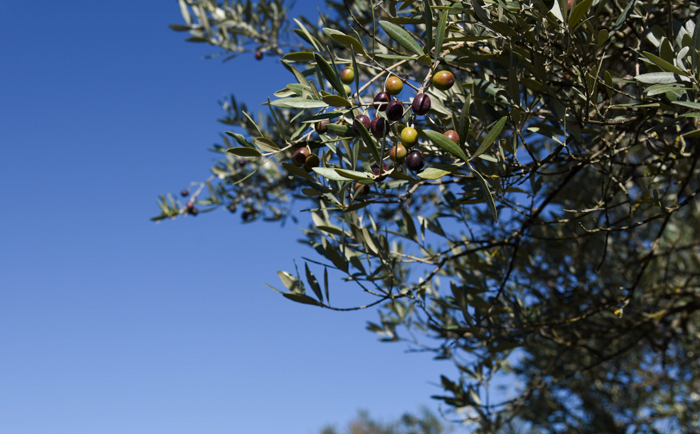
But pick an olive off of a tree and bite straight into it, and you’d never imagine that this horribly bitter fruit is something edible. It’s a process called curing that makes an olive something enjoyable to eat, imparting the texture, flavor and characteristic saltiness. Olive curing is similar to fermentation—it is the conversion of the olive’s natural sugars into lactic acid. Bitter components like oleuropein and phenols are removed from the olive by one (or more) of the following methods:
Brine-cure: Fully ripened black olives are gradually fermented in brine for a long time, up to a year. Brine-cured olives are sweet and full flavored.
Water-cure: Soak, rinse in plain water, and repeat again and again. This is the most time consuming curing method, and so is rarely used.
Dry-cure: Olives are packed in salt for a month or longer. The salt pulls the moisture and bitterness from the olives. The salt is then washed off, and the olives get bathed in olive oil to keep them juicy. Dry-cured olives have a wrinkled appearance (like a raisin) and are intensely flavorful. Oil-cured olives are dry-cured olives that are then submerged in oil for several months.
Lye-cure: Used by the large commercial olive producers, as it is quick and cheap. Raw olives are immersed in vats of alkaline lye solution. This process, as you can imagine, doesn’t result in the best tasting olives.
Sun/air curing: In some rare cases, olives are cured by simply being left on the tree to allow the curing to occur naturally, or, once picked, by allowing them ample time laid out in the sunshine.
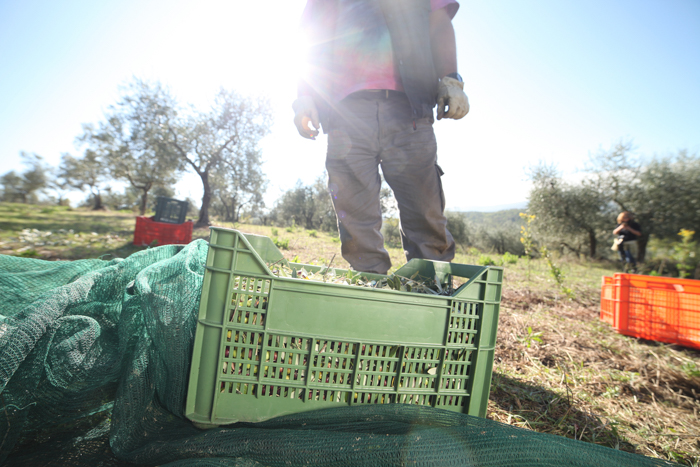
A few of Italy’s favorite olive varietals for table olives:
Castelvetrano: Hailing from Castelvetrano, Sicily, these olives are Italy’s most popular snack olive. They come from the olive variety Nocerella del Belice. They are bright green in color, and have buttery flesh and a mild flavor.
Cerignola: These gigantic green olives are harvested in Cerignola, Puglia. They are crisp and wonderfully buttery, and their large size makes them perfect for stuffing.
Liguria: Also called Taggiasca olives, this diminutive variety packs a whopping flavor punch for their small size. They’re grown in Liguria, a few miles away from France’s Niçoise olive region, and they are distinctly similar.
Gaeta: These small, purplish-brown olives from Puglia have soft, tender flesh and a tart, citrusy taste.
If you want to learn about olive oil, check out my article on Prunetti.
Here’s a flavor packed recipe for roasted olives, perfect to enjoy with a spritz (read my article on Aperol Spritz if you’re not quite sure what a spritz is…)
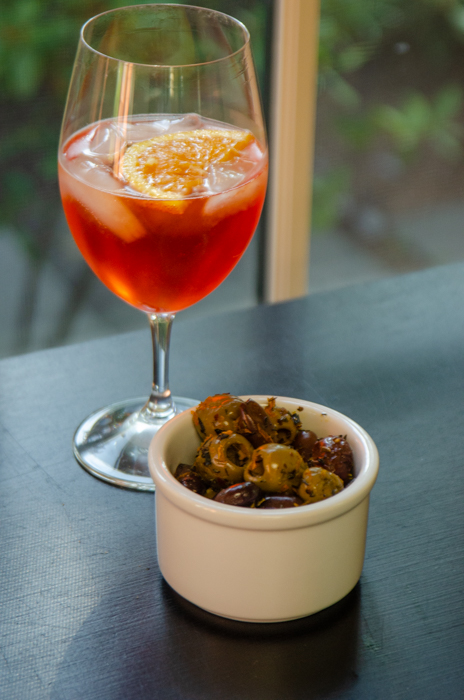
Herb-Roasted Olives
1 pound, approximately 2 1/2 cups mixed green and black olives, pitted
3 tablespoons extra-virgin olive oil
3 garlic cloves, minced
1/2 teaspoon dried oregano
1/2 teaspoon fennel seeds
1/2 teaspoon crushed red pepper
1/2 teaspoon kosher salt
1/2 teaspoon freshly ground black pepper
1 Tablespoon finely grated orange zest
1 Tablespoon coarsely chopped rosemary
Preheat the oven to 450°F. On a small baking sheet, toss the olives, olive oil, garlic, oregano, fennel seeds, crushed red pepper, salt and black pepper. Roast until fragrant and sizzling, about 15 minutes. Transfer the olives to a bowl and toss with the orange zest and rosemary. Serve warm or at room temperature.




